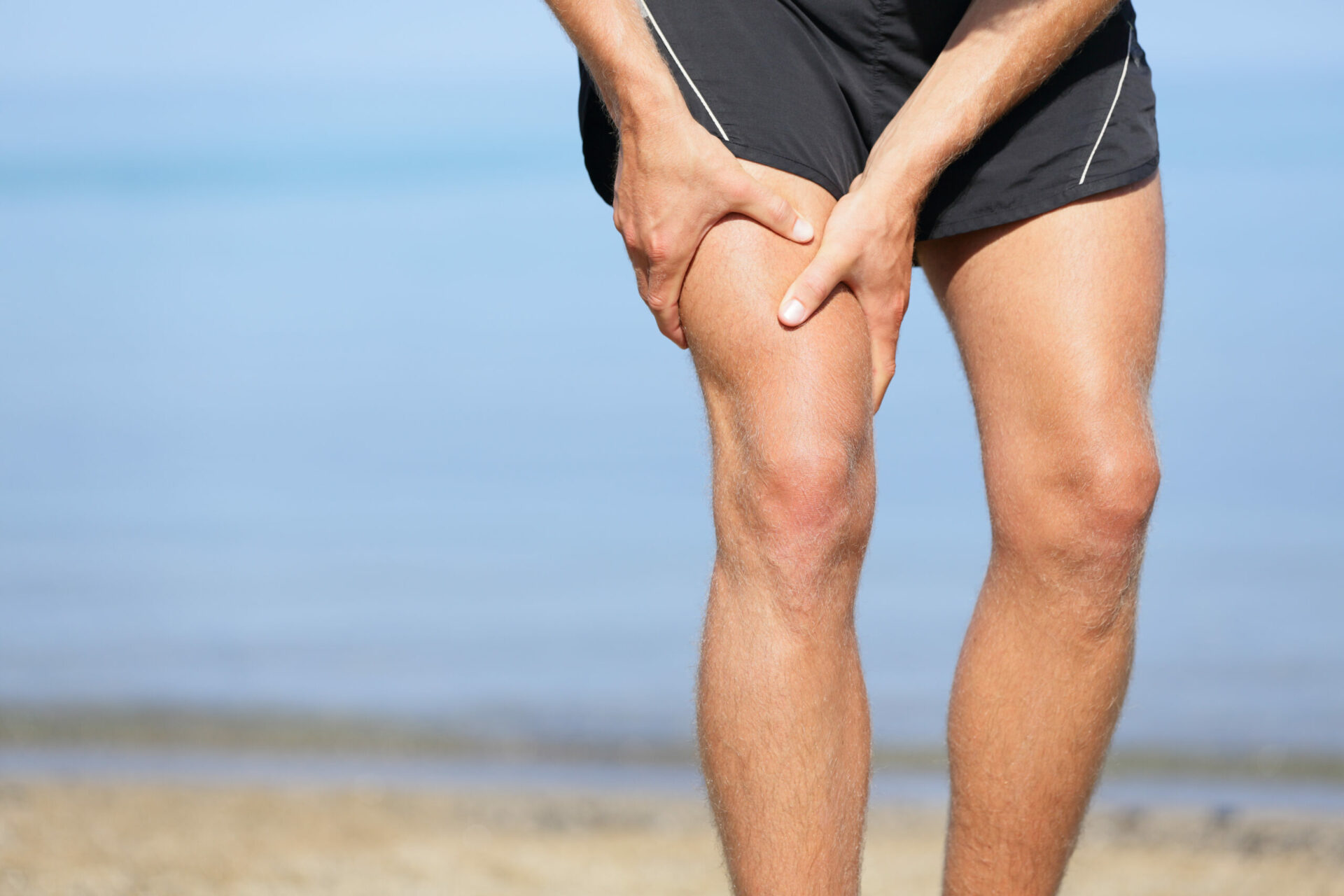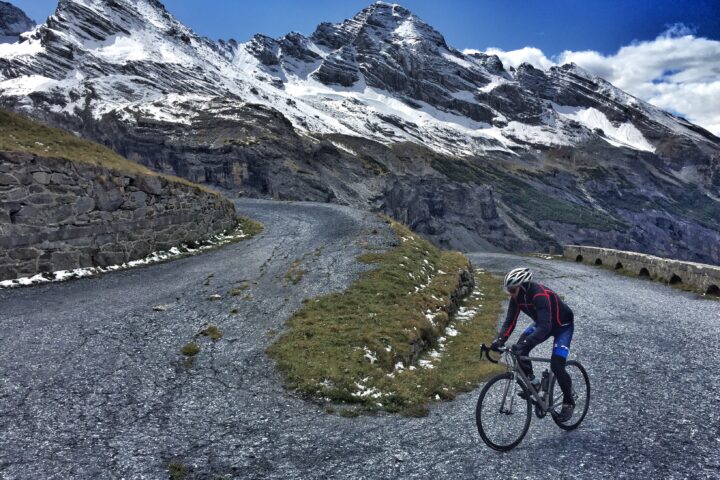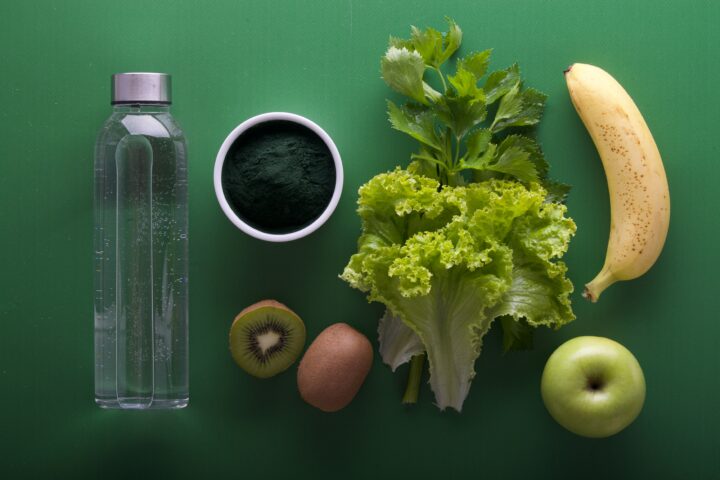Dehydration? Electrolyte imbalance? Heat? None of these actually causes cramping, according to new theories. Coach Trevor Connor takes a closer look.
Dehydration? Electrolyte imbalance? Heat? None of these actually causes cramping, according to new theories. Coach Trevor Connor takes a closer look.




